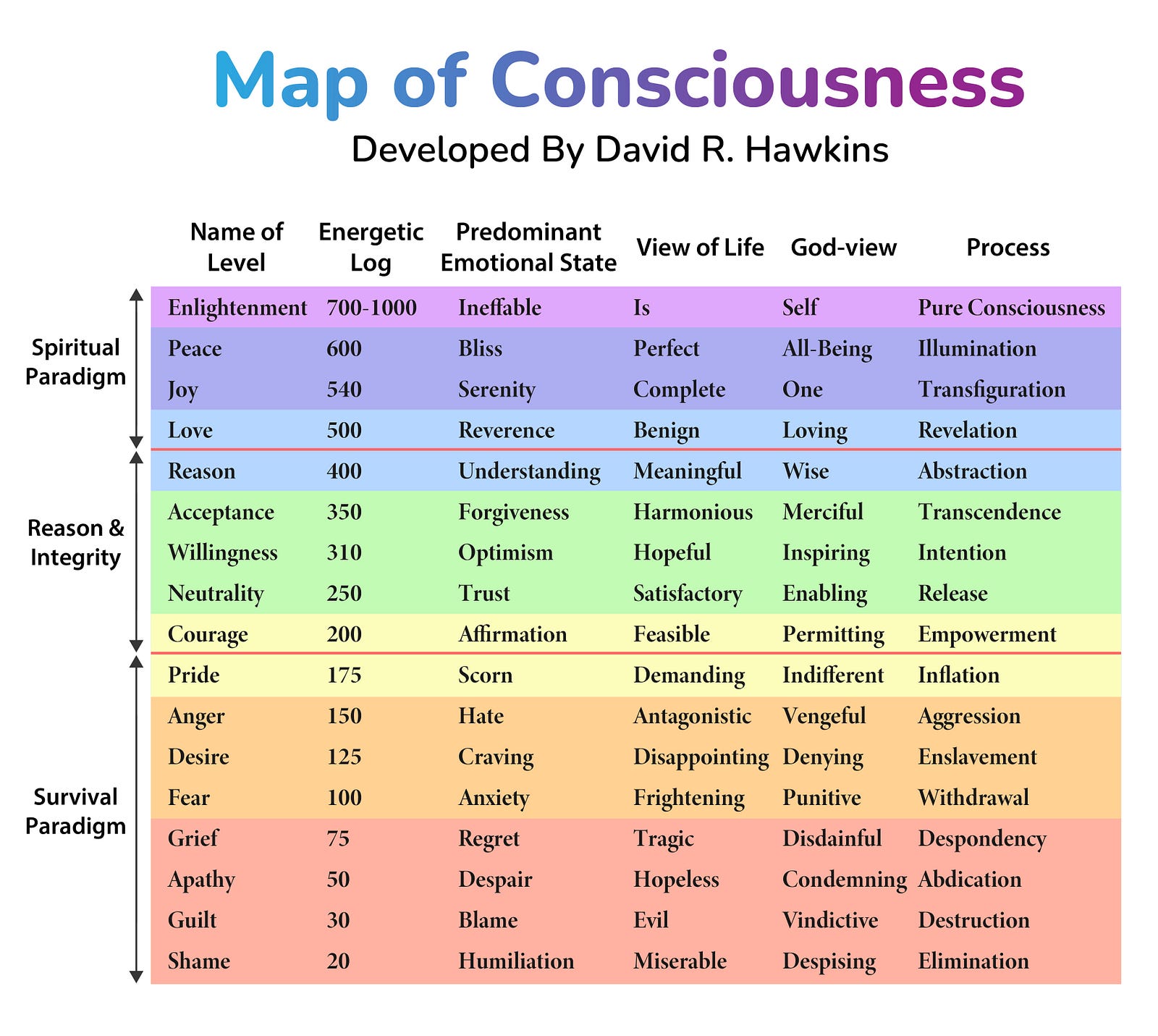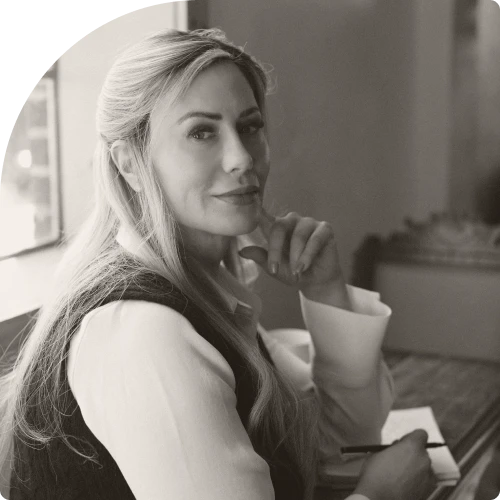In Part 2 of this 3-part series, we delve into the emotional aspect of healing from trauma. To start from the beginning, click here.
Whenever I share my story, I’m often asked the million-dollar question: How did I do it? How did I heal from the devastating loss of my son?
While my answer isn’t simple, it is clear. Your healing journey is as unique as the painful experiences that brought you here in the first place. It will require dedication and exploration to find your own way through it. It won’t always be easy. It may get messy.
Most importantly, you must understand that healing from trauma is a choice — and you will have to choose it over and over again. No one else can choose it for you. And it doesn’t happen on anyone else’s timeline but your own.
However, if you are ready to choose healing, I’m here to help. I’ve spent my life searching for the tools, mindsets, modalities, and therapies that can aid you in your trauma recovery journey. All you have to do is figure out which ones work for you.
To help you get started, this 3-part series shares the how of my healing journey. You can use these seemingly simple steps to set the foundation for your own journey ahead, and in my experience, they’ll make a meaningful impact — if you choose to practice them.
How To Begin To Heal: Tools That Empower Your Emotions
Once you begin to choose the quality of your thoughts, the next step is to turn your attention toward your emotions, and often it happens quite naturally. After all, our thoughts influence our emotions, which influence our actions and eventually become our behaviors. Those behaviors inevitably shape our way of being or showing up in this world.
That means if you start with positive thoughts, they naturally begin to shape your emotions positively, as well. All you have to do is take that same conscious awareness you’ve cultivated around your thinking and extend it to your feelings. That being said, learning to identify and shift your emotions requires some intention and practice.
Here are three trauma recovery tips to help you get started:
1. Emotional Awareness
Throughout my healing journey, I searched for answers in books, experts, courses, and any form of learning I could get my hands on. One book changed the way I thought about emotions — and my ability to navigate them — forever.
In “The Map of Consciousness Explained,” Dr. David R. Hawkins compiles 20 years of research and testing to create a map of emotions corresponding to our consciousness levels. Each emotion has a different energy and vibration, which he describes in detail.
For example, undesirable or depleting emotions have low energy, while positive and productive emotions have a high vibration. Emotions such as shame, guilt, apathy, fear, anger, and pride make up the lower levels of Hawkins’ Map, while emotions such as love, joy, peace, and enlightenment make up the higher levels.
“That which weakens life energy is to be avoided: shame, guilt, confusion, fear, hatred, pride, hopelessness, and falsehood,” Hawkins writes. “That which uplifts life is to be realized: truth, courage, acceptance, reason, love, beauty, joy, and peace.”
When I saw the Map of Consciousness, everything started to make sense for me. All of a sudden, there was a scale — and I realized my emotional world was keeping me chained to the very bottom of that scale. But if I used the scale to identify my feelings, I could also identify the next emotion and begin to climb toward it. I started using Hawkins’ map to navigate my emotional world literally.
For example, if I started to feel myself spiraling into a dark place, I would stop everything I was doing and take a moment to check in with myself. I’d go somewhere private, where I could focus without interruption. Then, I would use Hawkins’ map and descriptions to identify the emotional state I was experiencing.
If I were feeling shame, for example, I would identify the thought associated with that shame — “I’m a terrible mother” — and reverse it. Using a targeted positive affirmation — “I never intended to hurt my son; I loved my son, and I’m a caring, loving mother” — I could start to undo the damage of that highly traumatic thought. I was re-aligning with the truth instead of the trauma.
Over time, the feelings started to re-align, too. If I continually turned a negative thought into a positive one, eventually, my emotions followed suit. Over time, I started to feel like a good mother. I was no longer just trying to convince myself that was true. It felt true. By extending the same awareness I had shown my thoughts to my emotions, I was able to use Hawkins’ map as a guide to identify and shift them by choice.
Whether you use his map or not, it’s important to learn to identify your emotions as you’re feeling them. Begin by exploring what each emotion feels like to you. Does anxiety feel like a buzzing in your chest? Does sadness feel like a heavyweight in your limbs? Does worthlessness creep up every time you scroll through Instagram?
Pay close attention to what you’re feeling and how you experience that feeling. If you can recognize your emotions, it will be much easier to consciously and intentionally shift them.
2. Emotional Availability
Once I began to identify my emotions with more clarity and intention, I gradually started to notice how people, places, situations, and activities influenced the way I was feeling — and I started fiercely protecting my emotional state.
It was hard enough to pull myself out of shame every morning, and I didn’t need any help pulling myself down deeper. So, I started to get protective of my emotional energy, and I decided I was no longer available for the elements of my life that dragged me downward.
At first, it was simple. I decided I was no longer available to listen to sad songs or watch sad movies. It may have been tempting to turn on some heart-wrenching ballad and wallow in the company of my grief — but it wasn’t good for me. Plus, it took some serious work to pull myself out of that state.
As this started to make a difference in small ways, I applied the same thinking to bigger decisions, too, such as visiting my son’s grave. When I was there, I found myself getting stuck in the negative thinking and feelings that I was trying to heal. I could only think about his passing in the presence of his grave, so I decided to take a break. Instead, I would think about him when I was at home.
When I looked at the white handprints he left on the bricks in our yard, I thought of his playful and artistic little spirit. When I passed his room at night, I thought of the peaceful look on his face as he slept.
Whenever a positive memory came to me, that’s how I’d spend my time with Drew — because he was so much more than his exit. If I reduced his memory to the day we lost him, it would be such a disservice to his beautiful life. That’s what I wanted to remember.
Today, I visit his gravesite when I feel emotionally strong when I know I have the time and energy to restore myself afterward. In the meantime, I take every opportunity to replay those happy memories in my mind. Even the things that used to annoy me — like those little white handprints — now bring me countless moments of joy and connection.
I’ve cultivated a positive emotional relationship with his memory, and it all started by making myself available to the people, places, and activities that made me feel good about Drew instead of heartbroken.
3. Gratitude Elevator
Sometimes, you can find yourself in a rotten emotional state, and you know it — but that doesn’t mean it’s easy to change it. When that happens to me, I’ve found the fastest way to elevate my emotional state is gratitude.
In fact, I imagine myself in a literal gratitude elevator, and with each happy memory I can think of, I go up to another floor. But I have to get specific for this to work.
For example, I have this memory of Drew at the San Diego Zoo. It was a beautiful day out, and we had just walked up to the monkey exhibit. While we watched them, Drew looked up at me, reached for my hand, and pulled on it until I crouched right next to him — just so he could tell me how much he loved these monkeys.
It was a tiny, simple moment. He’d grabbed my hand a thousand times before that. But I’ll never forget how his little hand felt inside mine on that sunny day in San Diego. And that gives me so much gratitude.
Whenever you find yourself in an emotionally stuck place, try stepping into the gratitude elevator. Take one memory at a time. It doesn’t have to be significant or profound; it must be meaningful. Picture the details in your mind.
What did that moment look like and feel like? What sounds could you hear? What scents do you remember? Why did it mean so much to you? Put yourself back in that moment, and wait for it to work its magic on your heart and emotions. Then listen for the elevator ding and ride your next happy memory up another floor.
Integrating these trauma recovery tips into your life allows you to navigate your healing journey with greater awareness and intention. Embracing emotional awareness, availability, and gratitude can transform your path of healing from trauma, allowing you to rediscover joy and peace along the way.





